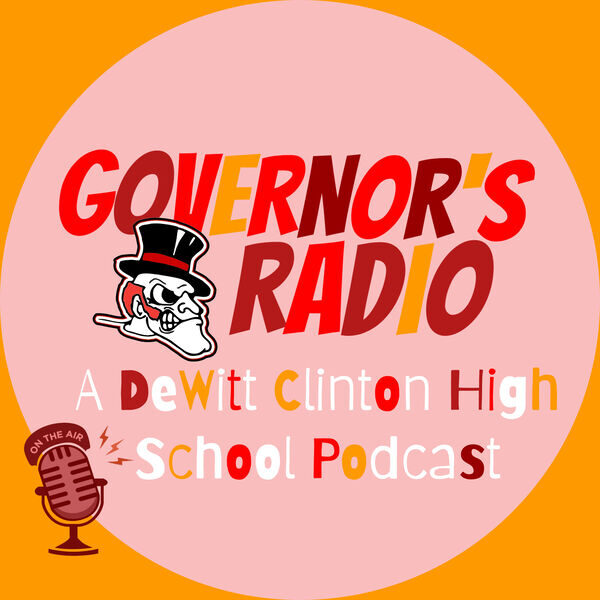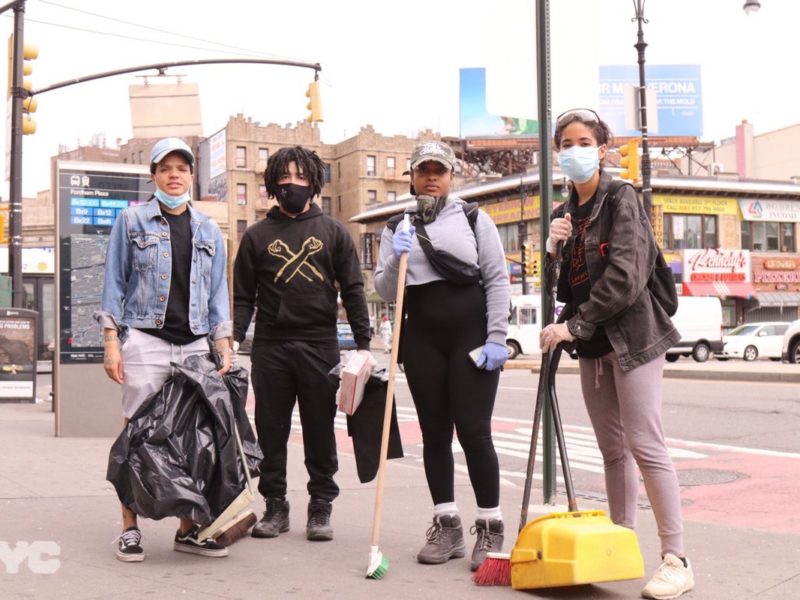
Where the Train Tracks Take Me | The Bronx, Rezoning, Community

I get a little paranoid thinking about rust-tainted rainwater from the tracks splatting unto my forehead while crossing to the other side. And wince when imagining some careless platform loiterer spitting evidence of his cold unto my boots. The infrastructure under the “el” at the 225th Street train station on White Plains Road supports a frenzy of pigeon activity. I’ve dodged feathers wafting down to join the droppings on the roadway below. To be fair, I believe the benefits of mass transit outweigh these nuisances and imagined threats.
Despite the delays resulting from “switch malfunctions” and “earlier incidents,” in the city that never sleeps, it’s not odd that many New Yorkers see today’s mass transit system as a life line. We scoff at other major cities whose train systems are not as extensive and stop running at 11pm.
The mid-1800s introduced the “el” or elevated railway and with it a faster and more cost effective way of moving residents and visitors from point A to point B for work and play. This early form of rapid transit is credited for helping New York City become a thriving cosmopolitan hub.
These days it has me asking “Do we really need another nail salon?”
In a 2011 report, the Department of City Planning (DCP) proposed the rezoning of 181 blocks in Community District 12, namely the Williamsbridge/Baychester area. The proposed strategy aimed to “protect and preserve residential areas while fostering vibrant, inviting and walkable residential and commercial corridors,” commercial corridors like the longest street in the Bronx, White Plains Road. The report points out the prevalence of grocery stores, beauty parlors, discount stores, eating and drinking establishments and houses of worship along the major roadway. And I’d add nail salons too.
But my question is less about nail salons and more about business diversity in my community.
Thinking about train tracks – and the types of businesses that huddle around them – led me down a city planning rabbit hole that traverses many big topics like the impact of local governmental bodies, education and entrepreneurship on NYC’s northern most borough.
In the aftermath of the 2016 elections I recognized that I knew little about these issues in a tangible way. Sure. I know about them in a glossed over, talking points for casual conversation sort of way, but they have seemed too large and slippery for me to make the effort to get more intimately acquainted.
The recent elections were an indictment against my superficial sense of awareness on these matters. I will take steps to change that in the New Year.
A Very Brief Case Study
There’s a sense in which communities are engineered. I know it’s getting a lot of attention now, but what’s happening in the South Bronx is a prime example. Rezoning in the Port Morris/ Bruckner Blvd. waterfront area was first approved in 1997, an unprecedented move that established the first mixed use (Industrial/residential) district in the City.
In 2005 and 2009, subsequent rezoning measures extended the Special Harlem River Waterfront District (SHRWD). The expansion would build on the momentum of the initial approval by:
- furthering the City’s housing initiative
- bringing new uses to underutilized land and buildings
- focusing on improved waterfront access
- creating a vibrant 24/7 neighborhood
In recent years, major news outlets have been following the developments there. The abridged version goes something like this: Cost of living in the most desirable areas of the City continues to rise steadily. City leaders and developers focus on the South Bronx as NYC’s last development frontier. Its proximity to Manhattan is ideal. Rezoning proposals pass. An old piano factory is transformed into loft apartments. After 40 years of dormancy, in 2015, the High Bridge pedestrian walkway is renovated and reopened, establishing another route between the Bronx and Manhattan. Rebrand. Rebrand. Rebrand. Now some are calling the South Bronx “SoBro.” I won’t touch the gentrification debate.
The point is that the revitalization happening in the Port Morris section of the Bronx started with talks, studies and rezoning initiatives at least 15 years before any changes became detectable.
A Not So Novel Idea
Let’s travel back uptown to NoBro. No? You don’t like that moniker?
There are a few projects percolating like the Jerome Avenue Neighborhood Planning Study, which spans a two-mile section of Jerome Avenue and surrounding areas in Community Board districts 4 and 5.
As part of its initiative to foster a more collaborative approach to urban planning, the DCP is calling for community members to get involved in the process by participating in focus groups, surveys and discussions.
As is the case with the rezoning plan in district 12, the Jerome Avenue study largely focuses on an area with existing train stations. In 2011, Streetsblog NYC reported that a $3.5 million HUD grant would go to Transit-Oriented Development (TOD) in Connecticut and New York – including Bronx neighborhoods. TOD projects bundle development and sustainability initiatives.
The behind the scenes stuff is critical. But we already know that, don’t we? It all starts with studies and rezoning. Rezoning draws developers and creates incentives for businesses to put down roots. I’d love to hear how Bronx entrepreneurs have taken advantage of these opportunities to create a more robust commercial landscape.
The DCP has issued a 2016 edition of the Zoning handbook in efforts to “demystify the city’s zoning rules.” 2017 reading list item anyone?
How can I and other residents who care about the Bronx leverage all of this information? How do we read between lines and work with the city and community leaders to balance issues of neighborhood preservation, economic growth and business diversity?
There’s no way such an enormous, multi-faceted challenge has one solution, but it starts with a commitment to knowing about local happenings and connecting with local officials and influencers.
See you at the next Community Board meeting?
*The opinions and ideas expressed are solely those of the author, and do not reflect the opinions of The Bronx Brand*
Tessa Smith is an Antiguan-born, NYC based writer and supporter of the Arts. She’s from the Williamsbridge/Wakefield section of the Bronx. For more of her work follow her on Instagram @thefringes.



